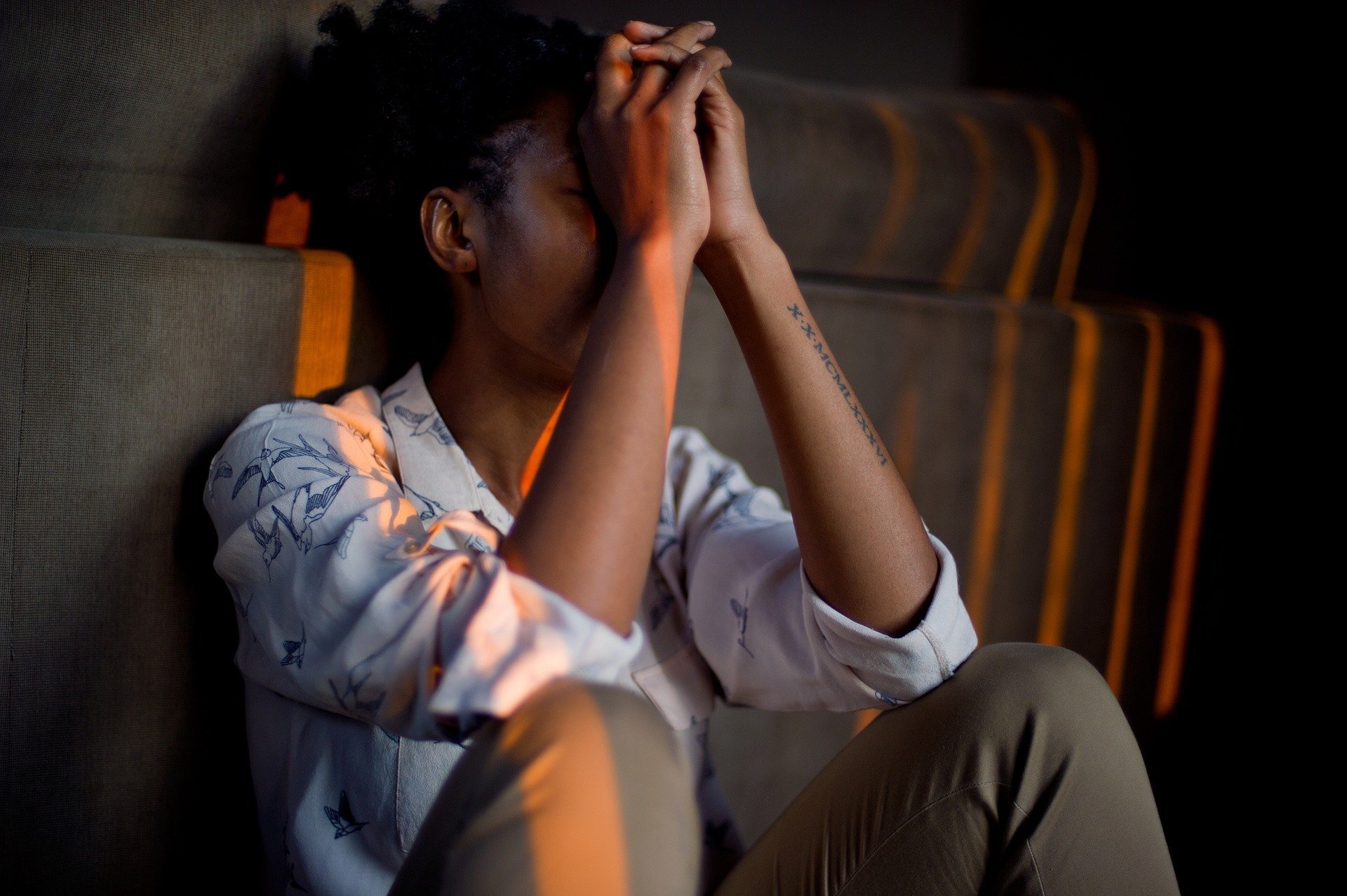Pain Stories: Quána Madison
Quána Madison was a 34-year-old PhD candidate in education when she noticed that something was wrong: she had lost 30 pounds in under a month, had inexplicable growths and extreme pain in her lower abdomen, and was expressing blood from one of her breasts.
Quána had good reason to be on high alert for cancer: several of the women in her family had had breast, ovarian, and uterine cancers, some diagnosed as young as thirty. Her biopsies came back abnormal. While she didn’t yet have staged cancer, genetic testing found her at extremely high risk for it. Her doctors recommended a preventive hysterectomy, oophorectomy, and double mastectomies, which she underwent in 2016.
Three months after the surgery, Quána suddenly experienced a rare but life-threatening complication. She had a vaginal cuff tear, which is when the part of the vagina sewn together after a hysterectomy breaks open, creating risks that a person’s bowels can start breaking through the open wound.
Quána barely survived: she was bleeding heavily and went into shock. 911 told her to lie on her back with her legs up so her bowels would not burst, and the EMTs in the ambulance that took her to the hospital told her that her organs were shutting down. The hospital performed emergency surgeries to save her life.
But after the surgeries, Quána never got better. In addition to the vaginal cuff tear, she ended up with necrosis—or the death of most or all cells—in her breasts, and her body felt like it was on fire with searing pain. She waited and waited, but even with time the pain did not improve. By early 2017, Quána was diagnosed with a number of chronic pain syndromes, including fibromyalgia and peripheral neuropathy, as well as autoimmune diseases, depression, anxiety, and post-traumatic stress disorder.
…but after the surgeries, Quána never got better.
Quána couldn’t get out of bed. Her PhD program at University of Colorado Boulder reacted poorly to her situation, by encouraging her to drop the program or take medical leave. They refused to accommodate her requests to attend classes virtually. Although she had considered dropping out during the early stages of her illness, she was afraid to lose the good insurance she had through the program. For a while she struggled on. But, ultimately, she had no choice but to leave. She went on Medicaid, which meant she could no longer see many of her previous specialists.
Nobody took her pain seriously: a nurse once accused her of being drug seeking and even called the police.
Quána spent most of her days in bed crying, and she would vomit and feel dizzy. Pain often woke her screaming from her sleep. When she did go to the ER, nobody took her pain seriously: a nurse once accused her of being drug seeking and even called the police. Her white boyfriend, who was there with her, managed to talk them down and explain what had happened to her. But that trip to the ER left its mark: Quána is now afraid to seek treatment for pain.
At its worst, Quána describes her pain as feeling like “hot pokers are stabbing through my hips.” At other times her hips and knees burn, or she has shooting pains that spider from one part of her body to another. Her skin hurts so badly that she can only shower for a few seconds because the pressure is extremely painful. For a long time she had extreme fatigue, and could barely walk up a flight of stairs.
“I don’t have a memory anymore of what it feels like not to be in pain all of the time,” she said. “All I can gauge is how much pain I’m in.”
The pain has had a huge impact on her professional and personal life. She has experienced the loss of momentum in her educational and scholarly career, and has not been able to work or study full-time since 2017. Particularly as a young person, many of her friends can’t understand her pain: some expect her to “get better” and bounce back to where she was before, while others avoid her, acting as if her condition might rub off on them.
But Quána has also found love and support. Her partner, Zach, who is partly deaf, is able to see her pain and disabilities as just part of the beautiful landscape that she is. During a trip to an art supply store with Zach in Denver, Quána fell in love with the colors in the store and with the people, who spent hours helping her figure out art supplies she could use and hold. She took a job there after securing accommodations like rest breaks, sitting in a chair rather than standing, and only doing tasks her body could handle. She has since taken up painting and teaches others therapeutic arts. Art has helped her cope. She also does contract work, which allows her more flexibility than full-time work, such as helping the Clyfford Still Museum in Denver with its education programs.
“Even though I have learned to cope creatively with my pain,” Quána said, “my life has immeasurably changed. My pain is poorly managed. I often struggle with food insecurity and to make ends meet. No one should have to suffer like this.”


